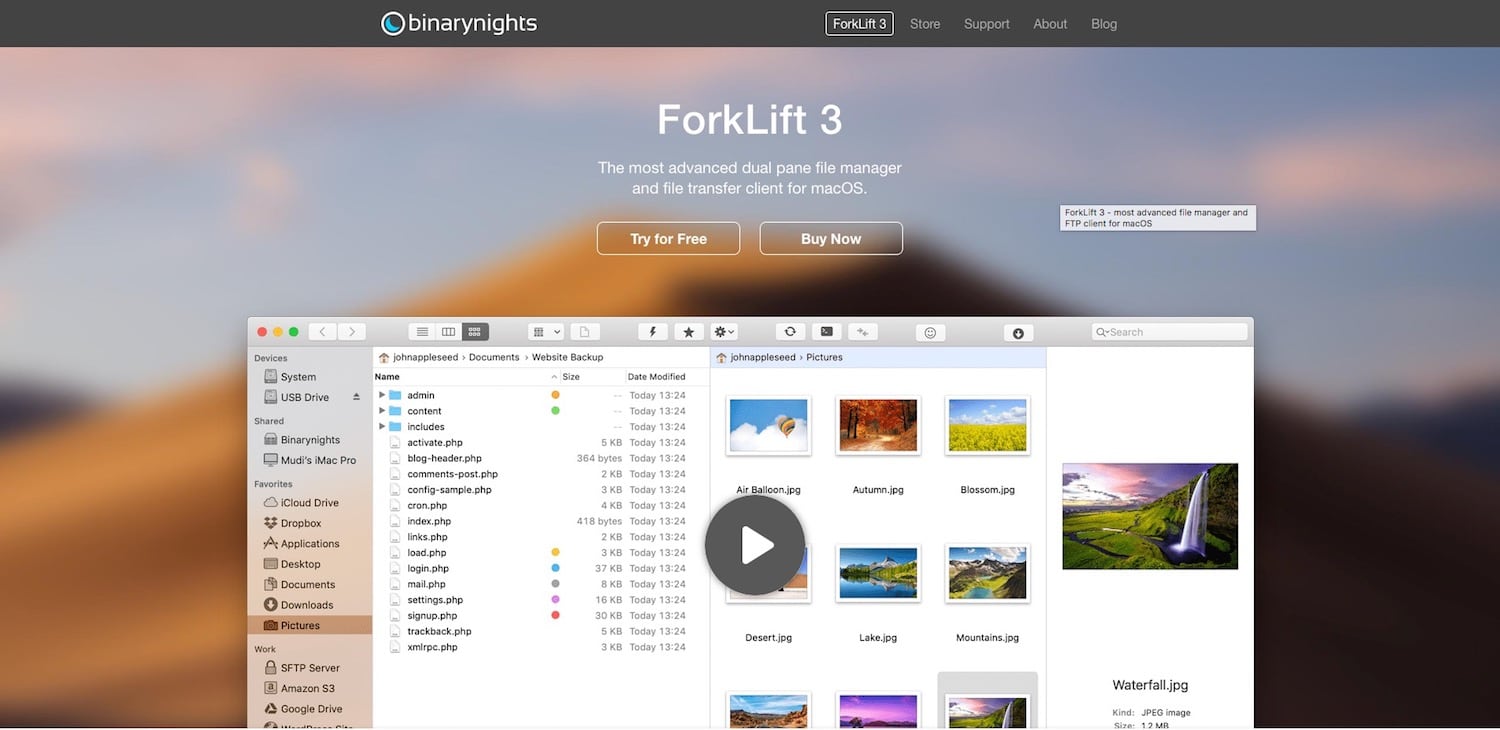In the early days of computing, sharing files involved physical media and manual transfers, a process known colloquially as "sneakernet." However, the digital age has ushered in significant advancements in file transfer technology. From the advent of File Transfer Protocol (FTP) to the rise of cloud-based services, the evolution of file transfer has revolutionized the way we share and manage data. In this article, we will take a journey through time to explore the fascinating progression of file transfer methods, from the humble beginnings of sneakernet to the convenience of cloud-based solutions.
- Sneakernet: The Primitive File Transfer
Before networks and internet connectivity became widespread, the most common method of transferring files was through sneakernet. Users physically moved data by copying files onto portable storage media, such as floppy disks, CDs, or USB drives, and then hand-delivering them to the recipient. While effective for small-scale transfers, sneakernet was time-consuming, limited by distance, and prone to human errors.
- FTP Emerges: The Birth of Digital File Transfer
The introduction of File Transfer Protocol (FTP) in the early 1970s marked a significant milestone in digital file transfer. FTP allowed users to transfer files between computers connected to a network, enabling remote data exchange for the first time. Initially, FTP operated in plain text, raising security concerns. However, advancements like Secure File Transfer Protocol (SFTP) and FTP over SSL/TLS (FTPS) addressed these issues, making FTP a more secure and widely adopted file transfer method.
- P2P File Sharing: The Peer-to-Peer Revolution
The late 1990s saw the emergence of peer-to-peer (P2P) file sharing technology, allowing users to exchange files directly with one another over the internet. P2P networks like Napster, BitTorrent, and eDonkey gained immense popularity for sharing large files, including media content. However, P2P file sharing also faced legal challenges due to copyright infringement concerns, leading to the shutdown of some prominent platforms.
- Cloud-Based File Sharing: A New Era
The 21st century witnessed a significant shift towards cloud-based file sharing and storage solutions. Services like Dropbox, Google Drive, and OneDrive offered users the ability to upload, access, and share files securely from any device with internet access. Cloud-based file sharing brought unparalleled convenience and collaboration opportunities, transforming the way individuals and businesses manage their data.
- Secure and Encrypted Transfers: Ensuring Data Privacy
As data security became a paramount concern, file transfer methods evolved to incorporate robust encryption techniques. Protocols like Secure Socket Shell (SSH) and Pretty Good Privacy (PGP) were integrated into file transfer processes, ensuring the confidentiality and integrity of sensitive information during transit.
- The Rise of Mobile File Transfer Apps
With the widespread adoption of smartphones and tablets, mobile file transfer apps have become increasingly popular. Apps like AirDrop for iOS devices and Android's Nearby Share allow users to transfer files seamlessly between nearby devices using Wi-Fi or Bluetooth technology.
Conclusion:
The evolution of macbook ftp client has come a long way since the early days of sneakernet. From FTP enabling digital data exchange to the rise of P2P networks for large-scale file sharing and the convenience of cloud-based services, each era brought its own set of innovations and challenges. Today, secure and encrypted transfers, along with mobile file transfer apps, continue to shape the way we share and manage data. As technology continues to advance, it's exciting to envision what the future holds for file transfer and how it will further revolutionize our digital world.
